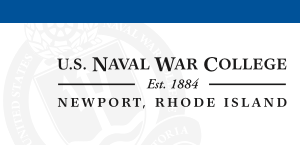Naval War College Review
Abstract
In 1919, two things were clear about the entry of the United States into World War I: first, that the contribution of the U.S. to Allied victory had been crucial; second, that the performance of American industry had left a great deal to be desired. The United States had contributed money, food, ammunition, ships, and manpower. It had not, however, contributed aircraft, weapons, and tanks at the speed which the allied powers had expected. To remedy the problems of planning and coordination that had plagued weapons procurement by the services during World War I, Congress passed the National Defense Act of 1920. From that time until the passage of the First War Powers Act on 18 December 1941, the legislative and executive branches experimented with what today are termed "reconstitution" and "surge." They did so in an environment much like our own: government spending was very limited, popular support for a large military budget was even more limited, and the future of the economy was uncertain.
Recommended Citation
Hone, Thomas
(1994)
"Naval Reconstitution, Surge, and Mobilization: Once and Future,"
Naval War College Review: Vol. 47:
No.
3, Article 5.
Available at:
https://digital-commons.usnwc.edu/nwc-review/vol47/iss3/5

